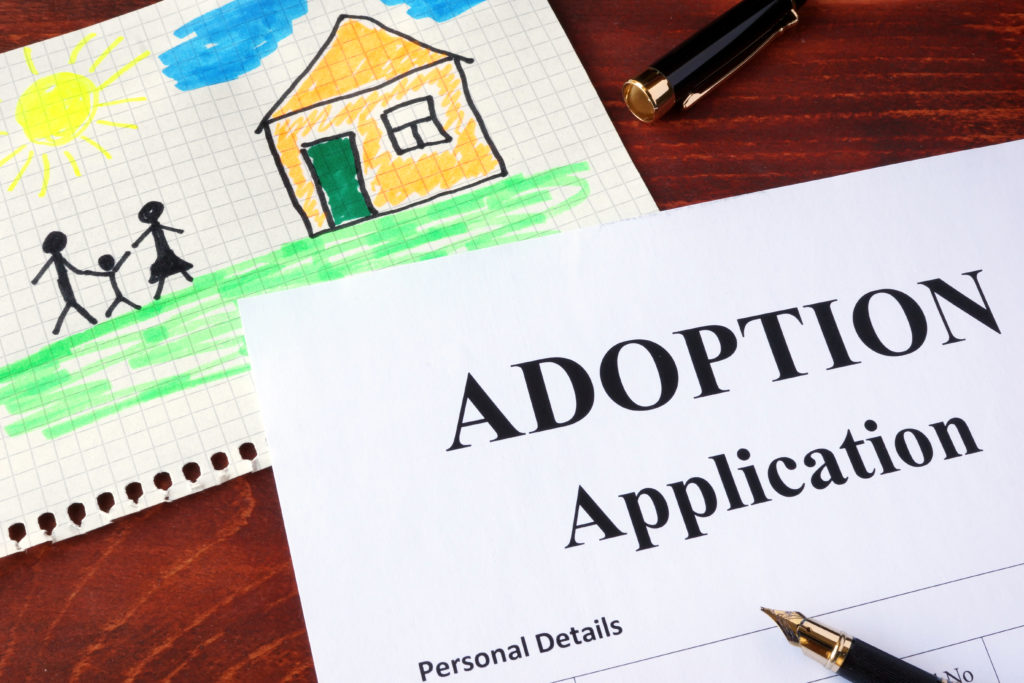In 2004, nearly 23,000 children were adopted from foreign countries. Since then, many of these countries, including Russia and Ethiopia, have put an end to international adoptions. The result is just 5,400 children have been adopted from places outside the United States in 2016. With fewer international children available, a rise in adoptions from foster care throughout the United States seemed imminent.

However, while the number of children in care across the country rose by more than 10 percent between 2012 and 2016, including a 15 percent increase in children waiting to be adopted, the adoption rate failed to keep pace. What makes these statistics more troubling is that nearly half of those waiting to be adopted are legally free.
A main contributor to this decline has been a shortage of licensed resource homes interested in adoption. Some states, such as Massachusetts and California, are already struggling to even find temporary homes for children in care. This budding lack of foster parents is largely due to the older generation retiring from fostering and agencies struggling to entice younger couples and individuals to become caretakers.
Michigan’s need for adoptive parents has become so pressing that they have turned to media outlets to get the word out about the shortage. One Michigan based newspaper, the Tri-County Times, ran an article titled “If you’re thinking about adoption… Thousands of Michigan children have no permanent place to call home.” There are currently over 3,000 children waiting to be adopted in the state, with many already having had parental rights terminated.
Olivia Swanson, a Michigan foster parent, believes that the shortage of adoptive parents in her state is because some people are afraid of the impact the child’s past may have on them, as well as the uncertainty of when they would be able to finalize the adoption. Swanson says to be an adoptive parent, they need, “to be that person who says, ‘Yes I love you no matter what happens, I don’t get to make this decision, the court does,’ to give that to a kid is huge. It’s painful but if you can take that so the child doesn’t have to, if you can keep them safe for a while, it’s worth it.”
Michigan is also taking a unique approach to reaching new adoptive parents. They are hosting a photography exhibit called the Heart Gallery which features pictures and video of adoptable children in care, with an emphasis on teenagers. Dr. Herman McCall, executive director of the Michigan Department of Health and Human Services’ Children Services Agency, said the gallery “helps put a human face to youth who are waiting to be adopted.”
The shortage isn’t limited to just Michigan. California is also struggling to find permanent homes for their legally free children in care. The state has media outlets running articles to reach new potential adoptive parents encouraging them, “to come into it with an open mind and an open heart. Be prepared to care beyond anything you could have ever imagined.” The Children’s Bureau is also using these articles to promote monthly open houses where prospective parents can talk to resource workers, get information packets and even begin the application process on the spot.
When looking solely at the adoption statistics for New Jersey, it looks like an adoption shortage is happening. While there was a 17 percent increase in children waiting to be adopted, there was also a 1 percent decrease in children being adopted between 2011 and 2015.
New Jersey’s rise in legally free children in care ties in with the growing uptick of those entering the foster care system, largely due to the rampant opioid epidemic. Going deeper into New Jersey’s foster care trends reveals that the decline in children being adopted does have a silver lining.
Of all the children exiting the system in 2015, more than 3,000 were either reunified with their parents or went to live with a relative or kinship legal guardian. In an effort to ensure the best possible outcomes for the children, New Jersey does not push for adoption as soon as the child enters the system. The state is required to make a reasonable effort to help families achieve reunification.
Dr. Allison Blake, former Commissioner of New Jersey’s Department of Children and Families (DCF), worked to lower the number of parental rights terminations to nearly half that of the national rate by hiring more caseworkers to help the biological parents stay on course.
While the adoption rate in New Jersey has slightly declined, the state’s legally free children in care spend less time waiting to be adopted than the national average. They have one of the lowest average rates for time between parental rights being terminated and the adoption being finalized. In New Jersey, 76 percent of legally free children will wait less than 3 years to be adopted, which is 5 percent better than the national average.
As states across the country are forced to focus on recruiting both foster and adoptive homes, New Jersey has been able to address the problem where it begins and help biological families stay together, avoiding a shortage of licensed resource homes.
For more information on Michigan’s need for adoptive homes for legally free children in care, click here.
If you want to adopt from foster care in New Jersey, click here.

When the child ages out, 18 and isn’t in school- What are the available pathways of support for them in New Jersey?